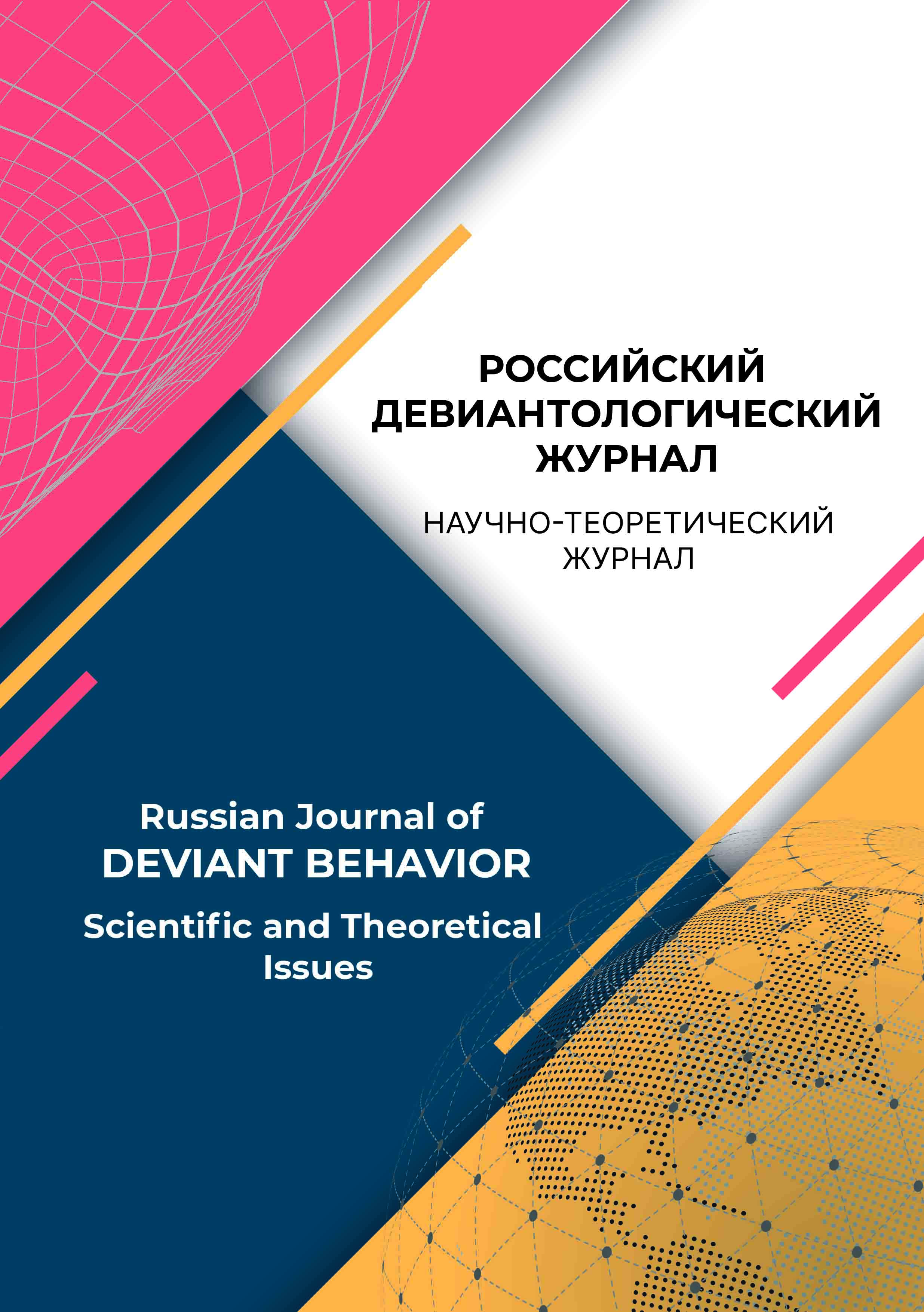Ulaanbaatar, Mongolia
Deviant behavior of the incarcerated individuals is a relevant challenge for both the Mongolian and the foreign researches. The main goal of the conducted studies is to expose the reasons of their behavior and to find the most effective control measures. Even though prisoners sentenced to life are the minor part of the incarcerated, they deserve our deliberate attention. Currently the age of sentenced to life is between 25 and 38 years old. Specifically, at that age the prisoners keep creating their personal environment by their own acts and behavior depending on their communication skills and contacts. Persons incarcerated for life have lost their life goals and values, what leads to an array of illegal acts including suicide, bodily harm, attacks, insults and psychological abuse of the prison staff. The following research is dedicated to the deviant behavior of the sentenced to life in prison. Methodology, methods. The results of the research are based on the implementation of the different scientific methods such as analysis and synthesis, as well as systematic and comparative methods. Results. In the process of research, the author has analyzed existing theories of the deviant behavior of prisoners, the norms of the criminal law and correctional law, and eventually offered a definition of the “termless incarceration”.
incarcerated, goals of the criminal punishment, life sentence, termless incarceration, deviant behavior
1. Antonyan, Yu. M., Enikeev, M. I., Eminov, V. E. (1996). Psihologiya prestupnika i rassledovaniya prestupleniy: monografiya. Yurist'.
2. Evgen'eva, A. P. (1999). Slovar' russkogo yazyka: v 4-h t. (RAN, Institut lingvisticheskih issledovaniy), 4-e izd. Moskva: Izdatel'stvo «Russkiy yazyk» Poligrafresursy.
3. Kudryavcev, V. N. (1970). Sociologicheskiy analiz pravovyh yavleniy. V O strukture marksistsko-sociologicheskoy teorii. Moskva: Izdatel'stvo Moskovskogo universiteta.
4. Luriya, A. R. (2002). Priroda chelovecheskih konfliktov: Ob'ektivnoe izuchenie dezorganizacii povedeniya cheloveka. Moskva: Kogito-Centr.
5. Mihaylova, V. P., Trofimova, M. V. (2009). Vzaimosvyaz' agressii i akcentuacii haraktera u osuzhdennyh s raznym tipom deviantnogo povedeniya. Vestnik Kemerovskogo gosudarstvennogo universiteta, 3(36), 71-78.
6. Petrovskiy, A. V., Yaroshevskiy, M. G. (1990). Psihologiya: slovar' (2-e izd., ispr. i dop.). Moskva: Politizdat.
7. Ushakov, D. N. (1935). Tolkovyy slovar' russkogo yazyka. Moskva: Gosudarstvennyy institut «Sovetskaya enciklopediya».
8. Fuko, M. (2004). Nenormal'nye: kurs lekciy, prochitannye v Kolledzhe de Frans v 1974-1975 uchebnom godu (perevod s francuzskogo A.V. Shestakova). Sankt-Peterburg: Nauka.
9. Gantulga, N. (2015). Hүniy erh ba horih yal. Ulan-Bator.
10. Tuyaa, B., Gerelhүү, E. (2016). Gancaardal setgel zүyn үzegdel boloh n'. Bolovsrol sudlal, 16.













